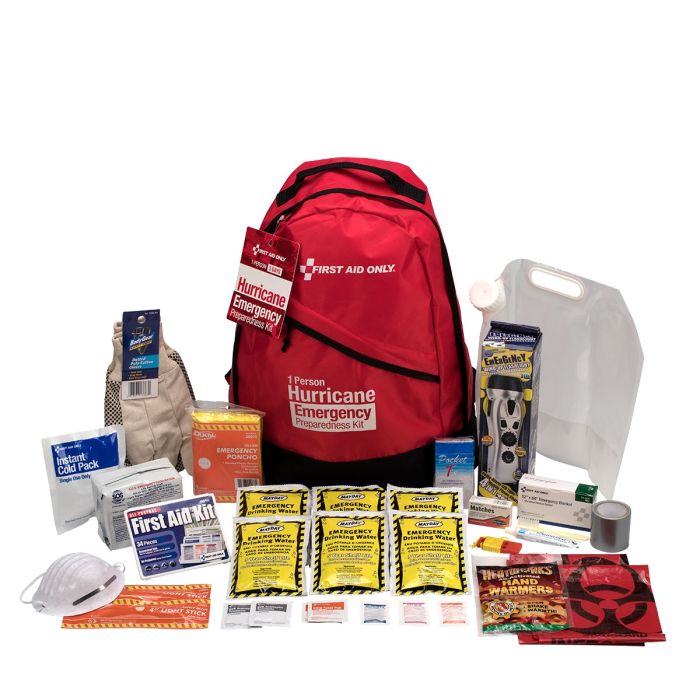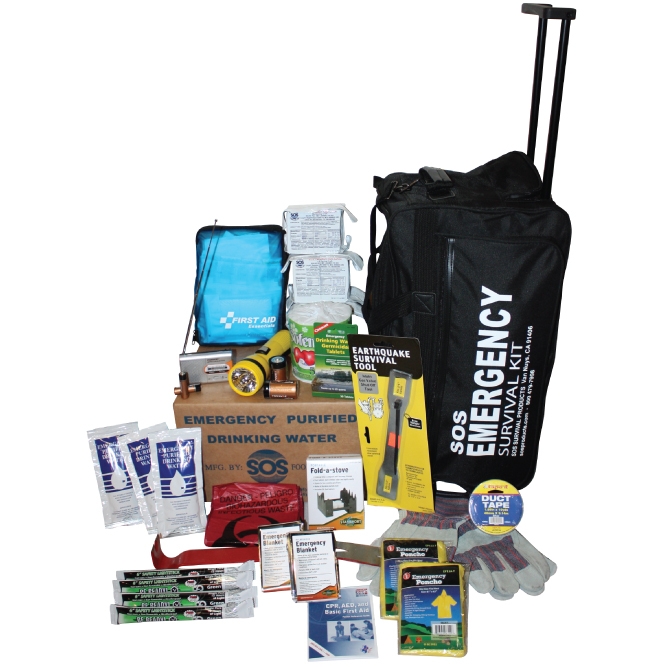Remain Safe with Emergency Preparedness: Expert Tips and Techniques
Remain Safe with Emergency Preparedness: Expert Tips and Techniques
Blog Article
Just How to Develop a Thorough Emergency Situation Readiness Strategy
In the world of preparedness, creating a detailed emergency strategy is not merely a job to check off a listing; it is an important foundation of any company or person's durability approach. By thoroughly crafting a plan that resolves various elements of emergency situation management, including threat assessment, interaction methods, source allotment, and calculated decision-making, one can lay a solid structure for securing procedures, lives, and properties.
Importance of Emergency Preparedness
Emergency situation preparedness is crucial for minimizing potential risks and guaranteeing the safety of communities and individuals. In today's globe, where all-natural disasters, public health situations, and other emergency situations can strike without warning, being prepared can make a substantial difference in lessening the effect of these events. By having a well-thought-out emergency readiness plan in position, people and companies can react successfully, secure lives, and minimize residential property damages.
One of the primary reasons that emergency situation preparedness is necessary is its function in conserving lives. Having a plan that details clear procedures for interaction, emergency situation, and evacuation reaction can aid individuals act swiftly and decisively when emergencies happen (reference). This can prevent injuries and fatalities by ensuring that people know what steps to require to stay risk-free
In addition, emergency preparedness boosts the durability of neighborhoods. By cultivating a culture of preparedness and planning for various scenarios, areas can get better quicker from disturbances and calamities. This strength is essential for maintaining stability, connection of operations, and total well-being when faced with adversity.
Assessing Possible Threats
Considering the value of being gotten ready for unexpected events, the first step in establishing a reliable emergency situation readiness plan involves completely reviewing and examining possible threats. This analysis calls for a thorough review of all possible dangers that can impact the organization, thinking about elements such as place, market, and historical data on events. By determining these risks, companies can prioritize their readiness efforts and designate sources successfully to alleviate one of the most substantial risks.
Common risks that companies might deal with consist of natural calamities like floods, earthquakes, or cyclones, technological hazards such as power outages or information breaches, as well as human-caused risks like accidents or willful acts of violence. Performing a danger analysis also involves thinking about the potential influence of these occasions on the organization's procedures, employees, customers, and credibility. By carrying out an extensive threat assessment, companies can create tailored emergency feedback plans that address their specific vulnerabilities and make sure effective readiness for any potential situation.
Developing an Interaction Plan
Establishing a clear and thorough communication strategy is vital for reliable emergency preparedness within organizations. In times of crisis, interaction plays a critical role in ensuring the safety and security and wellness of workers, stakeholders, and the community. A well-balanced communication plan must detail clear lines of communication, mark key workers accountable for communication jobs, and establish methods for disseminating info rapidly and precisely.
One secret facet of developing a communication strategy is recognizing main and alternate interaction channels (EMERGENCY PREPAREDNESS). These can include email, message messaging, phone trees, social media sites platforms, and public address systems. It is crucial to make sure that these networks are trusted, obtainable, and regularly evaluated to assure their effectiveness throughout emergencies

Building an Emergency Package
Provided the vital value of readiness in times of situation, a vital element that companies must attend to is the establishment of an emergency kit. An emergency set acts as an essential resource that can help alleviate the influence of unanticipated occasions, making sure that important products and tools are readily available when required most. When assembling an emergency set, it is important to think about the details demands and scenarios of the organization. Basic products such as water, non-perishable food, emergency treatment products, flashlights, batteries, and a battery-powered radio are basic parts of any kind of emergency situation set. Furthermore, companies should consist of essential files, such as call checklists, insurance information, and emergency situation reaction plans, in water-proof containers within the set. Routinely reviewing and updating the materials of the emergency situation kit is imperative to make sure that products are existing and useful. By proactively keeping an emergency situation and developing kit, companies can improve their readiness to efficiently respond to dilemmas and secure their employees and possessions.
Developing Evacuation Treatments
To make certain the security and orderly emptying of workers during emergency situations, companies have to establish effective and clear emptying treatments. Emptying treatments ought to encompass a series of prospective scenarios, consisting of fires, all-natural catastrophes, or other emergency situations that call for quick emptying.

Additionally, organizations ought to develop a system for accountancy for all workers throughout an evacuation to ensure that everybody has securely exited the properties. Communication plays an essential role in evacuation procedures, with clear guidelines on exactly how to leave and when to do so. Regular review and upgrading of emptying procedures based upon responses and changing scenarios are necessary to keeping the performance of the strategy.
Final Thought
Finally, creating a comprehensive emergency readiness strategy is essential for ensuring the security and health of people in case of a calamity (EMERGENCY PREPAREDNESS). By evaluating possible dangers, producing an interaction strategy, building an emergency package, and establishing discharge people, treatments and companies can be much better outfitted to react successfully to emergencies. It is vital to prioritize preparedness initiatives to mitigate the effect of calamities and secure lives and residential property
In the realm of readiness, developing a comprehensive emergency situation strategy is not just a job to examine off a listing; it is an important keystone of any type of organization or person's durability method. When emergency situations occur, having a plan that describes clear procedures for communication, emergency, and emptying action can assist people act swiftly and decisively. website link. By performing a detailed threat evaluation, companies can develop customized emergency action plans that resolve their details susceptabilities and ensure reliable preparedness for any possible dilemma
Developing a clear and detailed communication strategy is crucial for reliable emergency preparedness within companies. By evaluating potential dangers, developing a communication plan, building an emergency set, and establishing see this here evacuation treatments, organizations and individuals can be much better equipped to respond successfully to emergency situations.
Report this page